Fashion is sophisticated and complicated, being at the forefront of creating trends and pushing boundaries to pursue beauty. Many praise the fashion industry for innovation and criticize its ethical standards.
You’re familiar with these challenges if you’re running a fashion business. But could AR and VR in fashion bring your business’s sustainability to the next level?
We say yes!
Contemporary fashion thrives on innovation and technology, and industry professionals like yourself know that technology is constantly changing. According to the Consumer Market Outlook, the lucrative fashion industry fetched around 1.46 trillion USD in 2020. To maintain this revenue, fashion brands must innovate.
So, what’s the next big thing in fashion tech? Experts have said it’s augmented reality (AR) and virtual reality (VR). Using AR and VR in fashion sounds far-fetched, but the market already uses them.
We’ll show you a few splendid examples for inspiration here, so stick with us till the end!
How Do AR and VR In Fashion Work, Anyway?
If you’re reading this article and wondering what AR and VR are, here’s a summary. AR and VR are the technologies used to create alternative or enhanced digital reality. It includes adding digital elements to real world backgrounds (AR) or immersing customers in entire virtual worlds (VR).
More specifically, AR enhances the physical world by enhancing sight and sound. It highlights specific real world features or overlays digital elements on them.
Viewers can access AR technology on their smartphones through an AR app.
VR is a complete simulation experience in a digital world created from scratch. It introduces viewers to an all-rounded computer-generated artificial environment with interactive elements.
Users can see, hear, and interact with the virtual environment in real time. They use a virtual reality headset to engage with the VR world.
AR is generally more widely used than VR because of its high accessibility on smartphones.
But both AR and VR in fashion provide a unique and memorable customer experience for your brand. They enhance the shopping experience with awe-inspiring graphics and keep your customers engaged.
So why do AR and VR matter in fashion retail?
Fashion retail is going ‘phygital’; more customers interact with retail brands using a hybrid of physical and digital mediums. AR and VR help to bridge the gap between both forms. They offer virtual fashion experiences just as good as physical brand interaction.
AR and VR technology used in the market are changing how customers interact with brands.
3 Ways AR and VR In Fashion Will Impact The Retail Industry

1. Improved Sustainability
The fashion industry has faced criticism for its unsustainable practices and wasteful consumption. But not all is bleak because AR and VR in fashion could be the key to positive change for many fashion businesses.
Augmented reality in fashion industries helps reduce unnecessary product shipping. Customers can try products on before they buy them, reducing impulse purchases.
Globally, there will be less production and consumption of fashion products, decreasing the number of wasted apparel and resources. It’s better for the environment and a step in the right direction for fashion businesses.
2. Reduced Costs
AR and VR reduce unnecessary shipping costs so that you can save on freight charges. It also decreases spending on traditional advertisements like print and television because you can market online.
With AR and VR, you can take advantage of free social media platforms like Instagram, Snapchat, and TikTok. Use social media to host your AR technology and reach out to more customers at a much lower cost.
3. Increased Sales
Customers are more likely to purchase something when they know what they want. On traditional online shopping platforms, customers can only see 2D product images. They need help to visualize what the actual product looks like realistically.
With AR and VR, they can see and interact with a life-sized version of the product. Instead of estimating the color and size of a garment online, they can try it accurately with AR filters. AR and VR experiences give customers more accurate product information to make better decisions.
Using AR product marketing on e-commerce websites and social media platforms for luxury brands will significantly boost sales.
Nearly 80% of Burberry’s purchases in China happen on mobile devices. Experts predict that around 80% of luxury goods purchases will occur online by 2025.
So, the market for AR and VR in fashion is growing and has excellent potential for many fashion brands.
Augmented reality technology is also excellent for online retailers without physical stores. If you have an online business, customers can’t view your products in an actual store. They can use AR filters as a substitute dressing room to virtually try on your clothes before buying them.
Cool! Now Show Me Some Real-Life Examples Of AR and VR In Fashion
These are some of the most innovative uses of AR and VR in fashion. Take notes from these luxury brands to use their strategies for your business too!
Try Before You Buy

Computer-generated 3D imagery has come a long way since VR’s early days. Modern 3D virtual models are more advanced and look like actual products. It’s because AR and VR digitally simulate hyper-realistic colors and textures of clothing on virtual models.
Customers can virtually apply clothes on AR human models to see how it looks on a human body. Interestingly, they can even customize the human model to look like them. It’s one of the most convenient benefits of using augmented reality technology in fashion.
For instance, Gucci collaborated with Snapchat in 2020 to create a ‘try-on’ feature for shoes. Users could overlay AR shoes on their feet using the Snapchat application. Customers were able to try the shoes without going to the shop. They could buy the product if they liked the shoes in the filter.
ASOS also launched a 2020 AR feature on their app that allowed customers to try clothes on different body sizes. The application offered sixteen animated models of varying skin tones and body sizes. Customers could even test the outfits and human models in realistic outdoor environments.
You can launch small-scale AR filters to showcase your products on a social media platform. Users will have fun trying the clothing filters, and it’s excellent publicity for your brand too!
You can even create virtual fitting rooms offering a head-to-toe makeover for users’ virtual avatars.
Interactive Navigation And Display Screens

Earlier, we mentioned that fashion retail is becoming ‘phygital’, so remember to care for customers at your physical stores too.
Use AR and VR to improve your customer experience at the physical shop. Technology can track the shopper’s location in the store. When they access an AR app on their phone, it shows them a live navigation map. It’s helpful for customers visiting your shop for the first time.
Renowned fashion brands like H&M and Zara also use AR display screens to enhance customers’ shopping experience.
Some display screens include virtual fitting rooms, mirrors with 3D avatars, and touchscreen outfit selection. It attracts attention and enhances customer interaction with the brand.
FashTech To Expand Your Brand Experience
FashTech sounds like a big fancy word, but it simply means ‘fashion technology.’ It includes using AR and VR in fashion to expand customers’ brand experiences.
Use FashTech to expose your customers to more content from your brand. Big-label fashion brands like Coach use FashTech VR to give customers exclusive access to fashion show footage. The luxury brand installed virtual reality headsets in its stores. These headsets allowed consumers to browse looks from their latest runway events.
Fashion week runway shows are only available for a limited audience. But with VR technology, they’re made more accessible to everyone.
Customers experience a different aspect of your brand when you use VR. They can buy limited-edition products and even personally experience events in which your business participates.
You can use VR to give customers exclusive access to fashion week shows, limited-edition brand collaborations, and photoshoots.
Interestingly, VR allows you to build alternate fantasy worlds to complement different fashion themes. You’ll save production costs of renting a physical photoshoot location because you can create it virtually.
How about a virtual runway in a virtual showroom? Bring your customers to digital fashion shows without losing any of the real-life glitz and glamor.
A VR showroom lets your customers experience the feeling of walking down a runway, elevating the fashion experience. Isn’t that a grand idea for fashion week events?
AR and VR will revolutionize the fashion shopping experience for brands globally. Smaller fashion businesses can take inspiration from luxury brands’ strategies and launch mini AR and VR campaigns.
So, implement AR and VR in fashion marketing to elevate your customers’ experience of your brand and products. Dress them to impress, and you’ll also dress them for success!
Also read: How AR and VR are Transforming the Future of Businesses


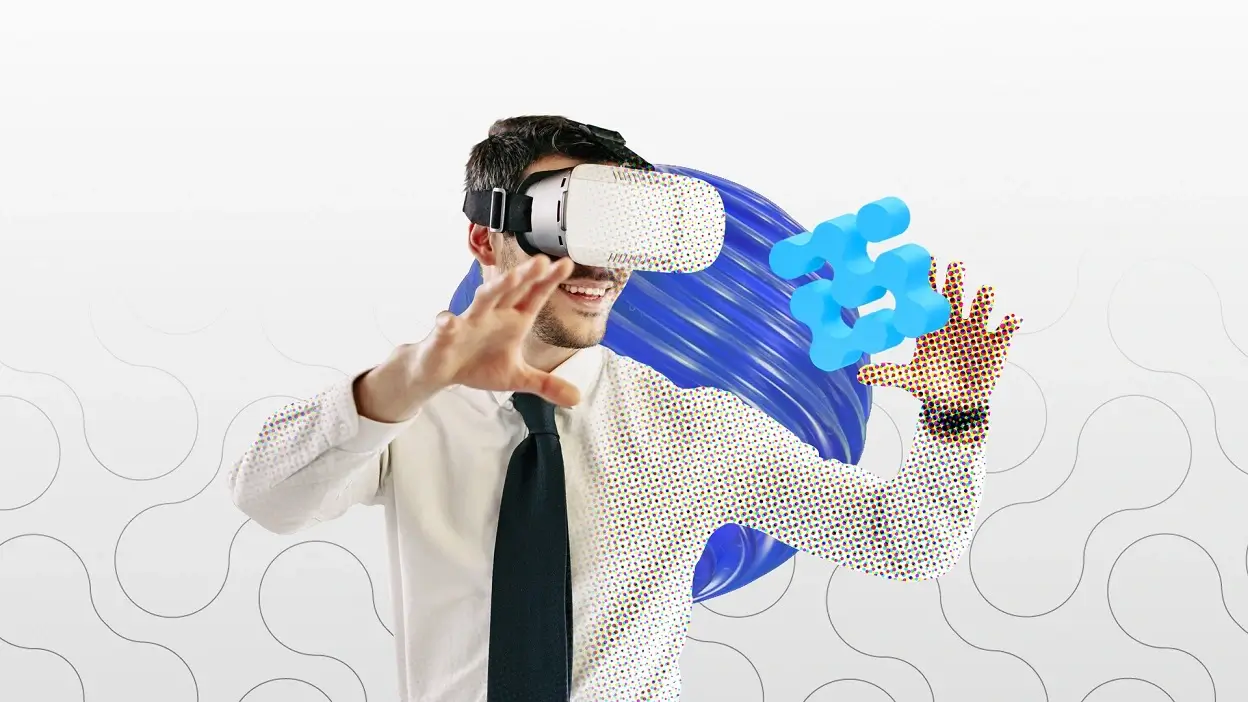
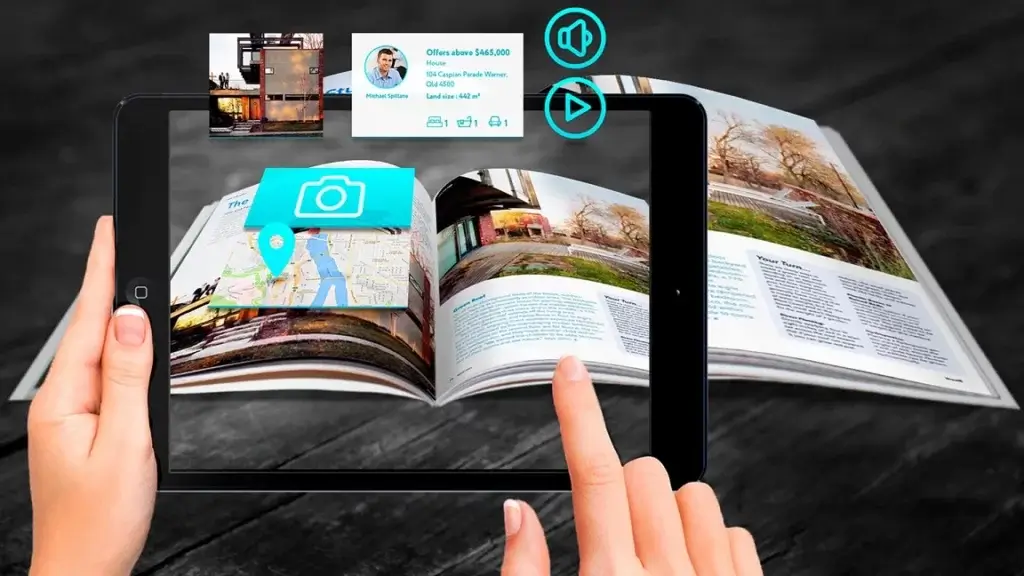












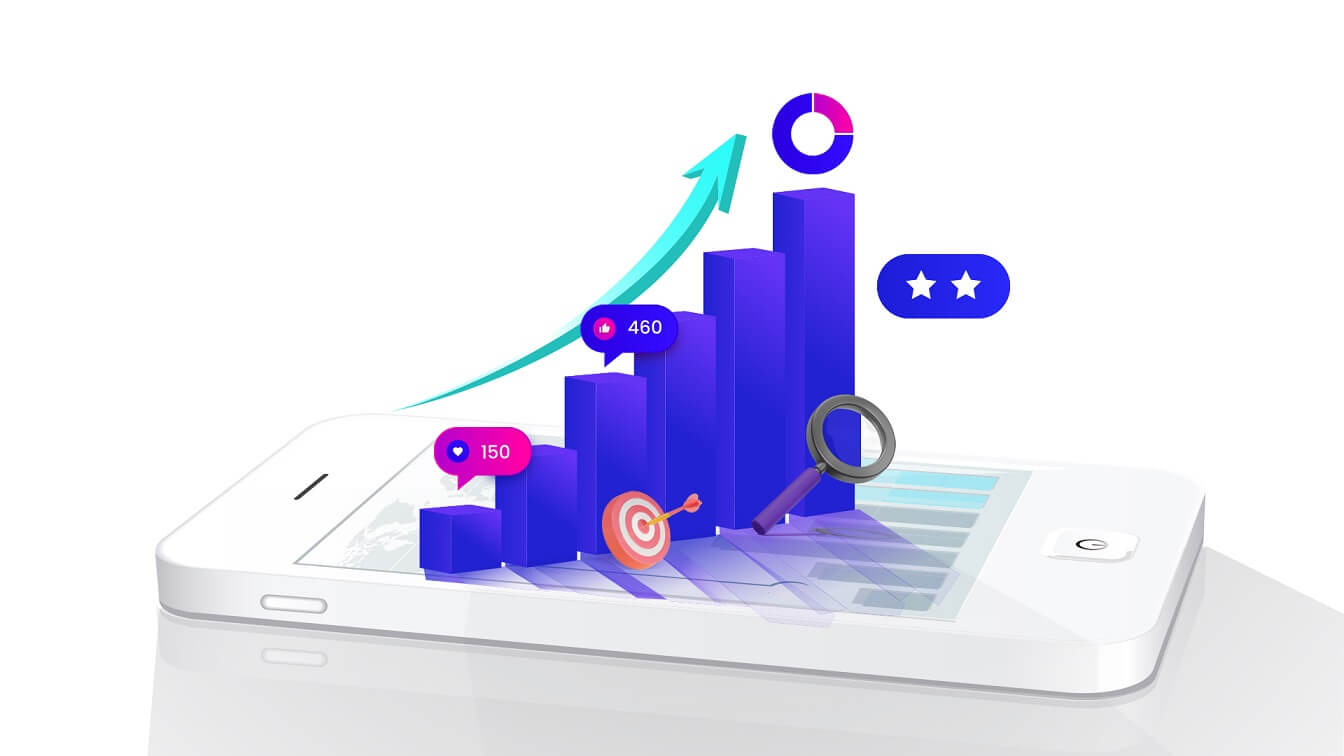

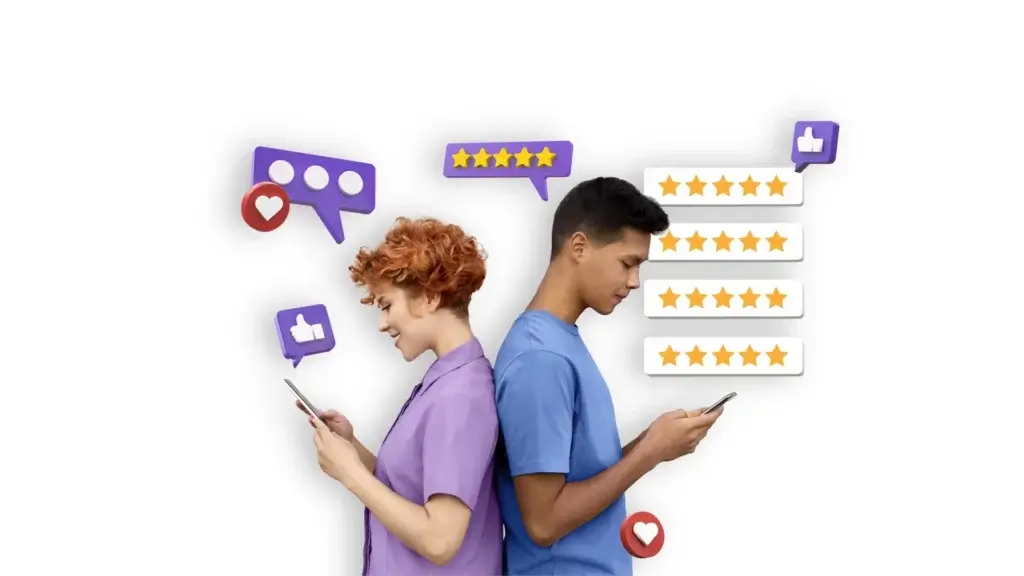

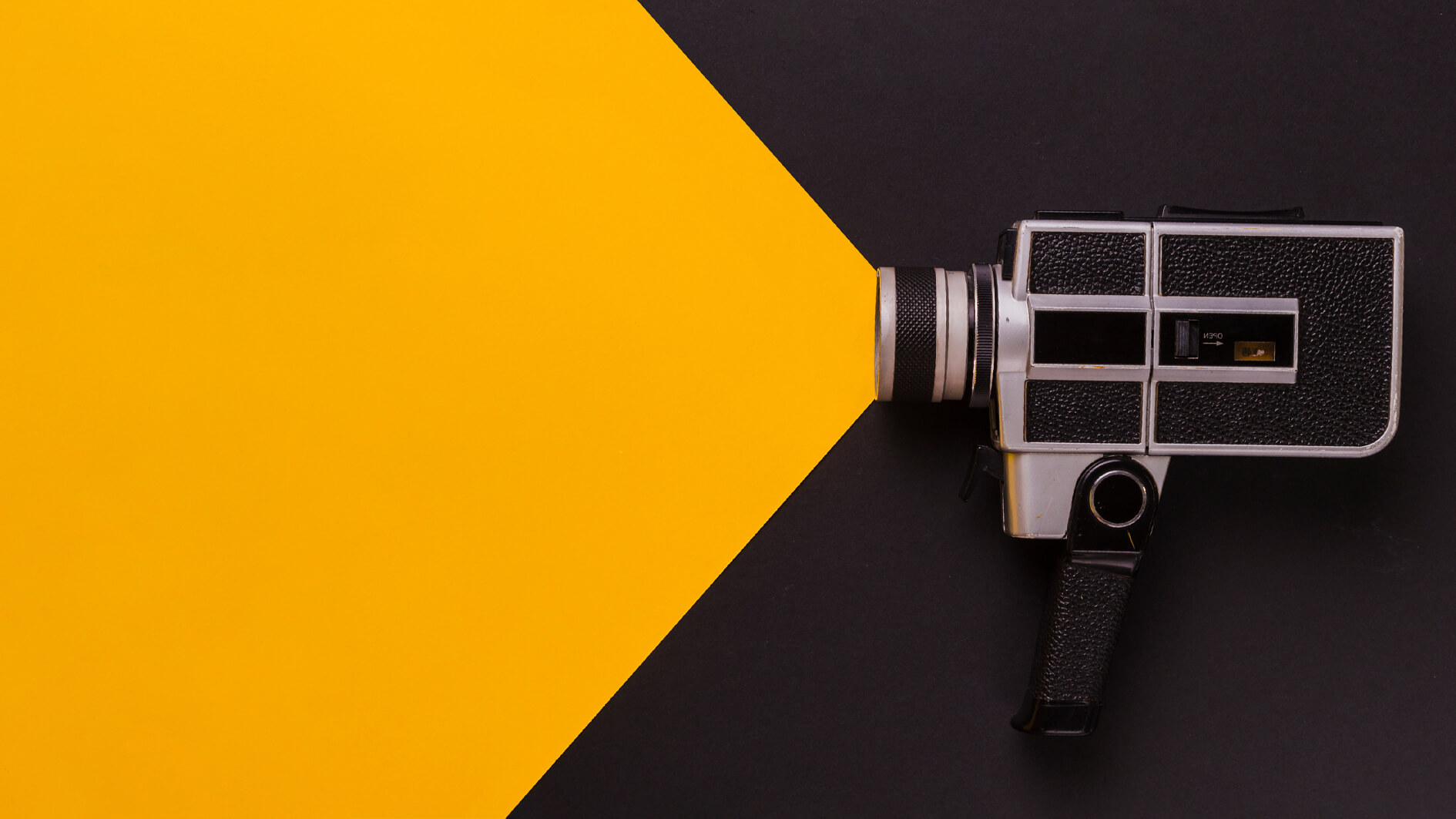












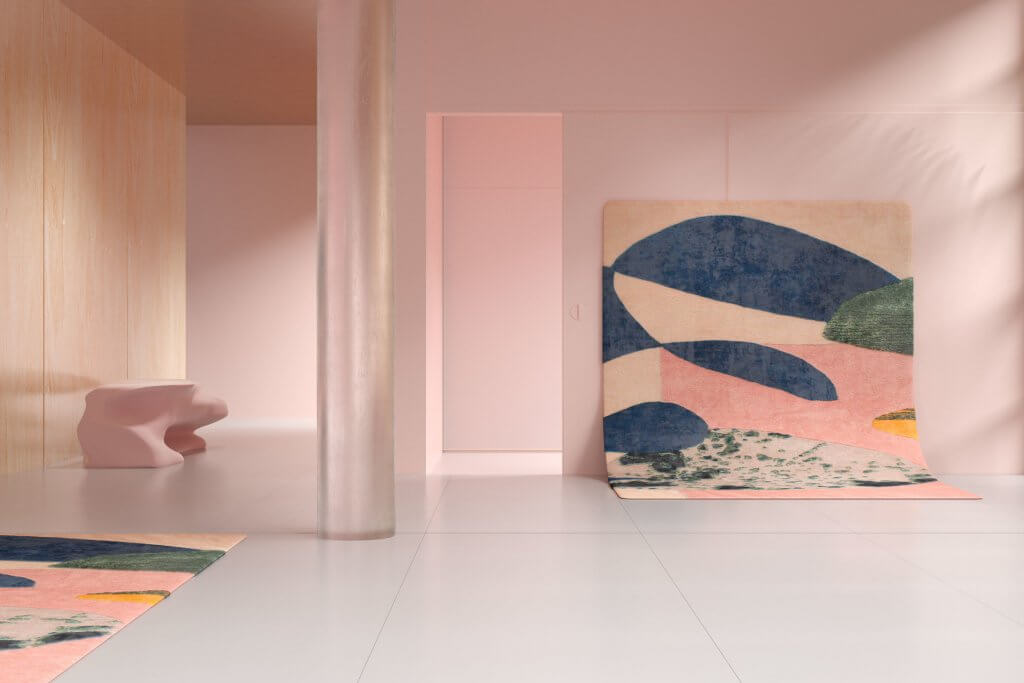















 Branding
Branding Digital Strategy
Digital Strategy PR & Communications
PR & Communications